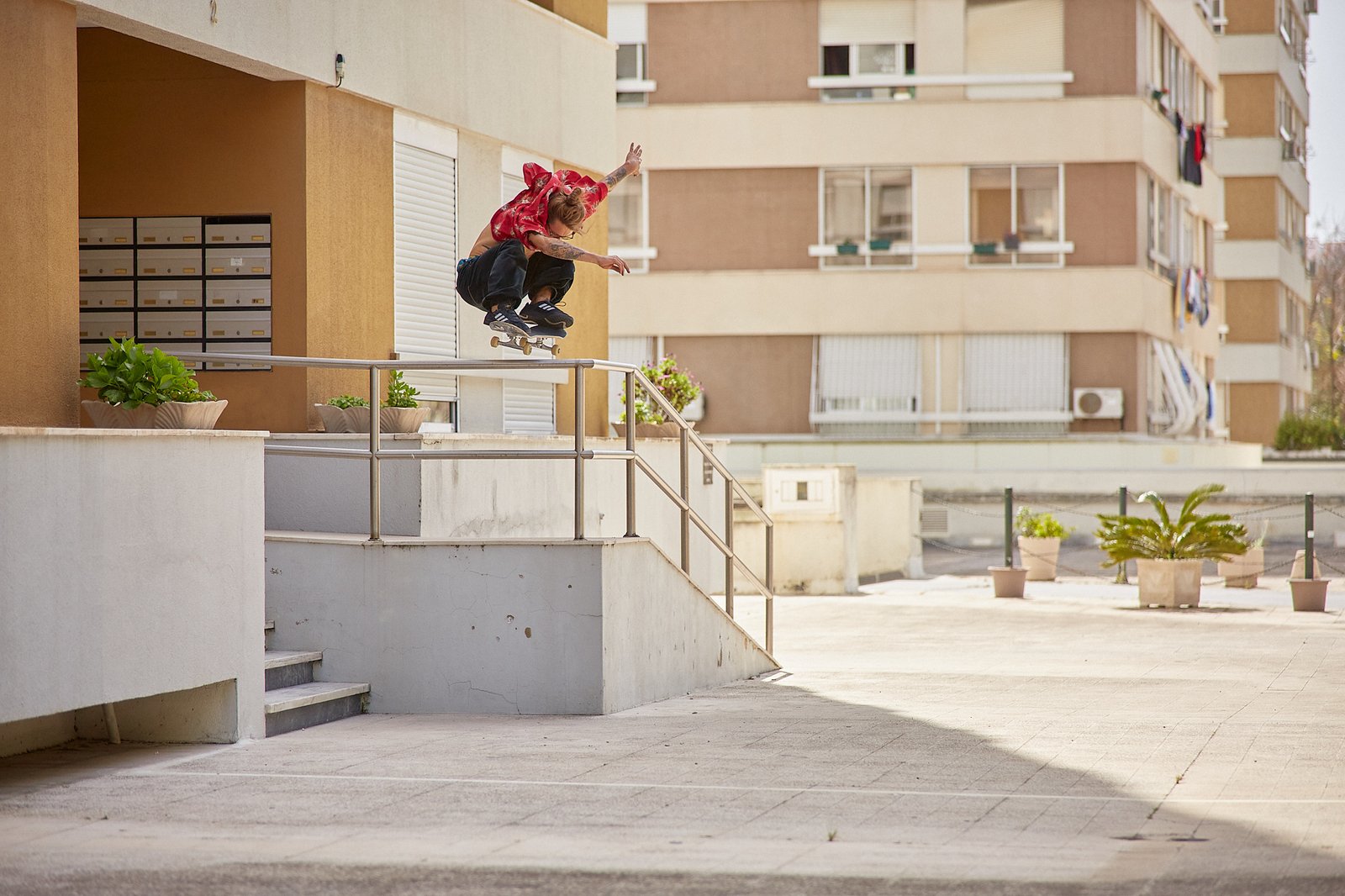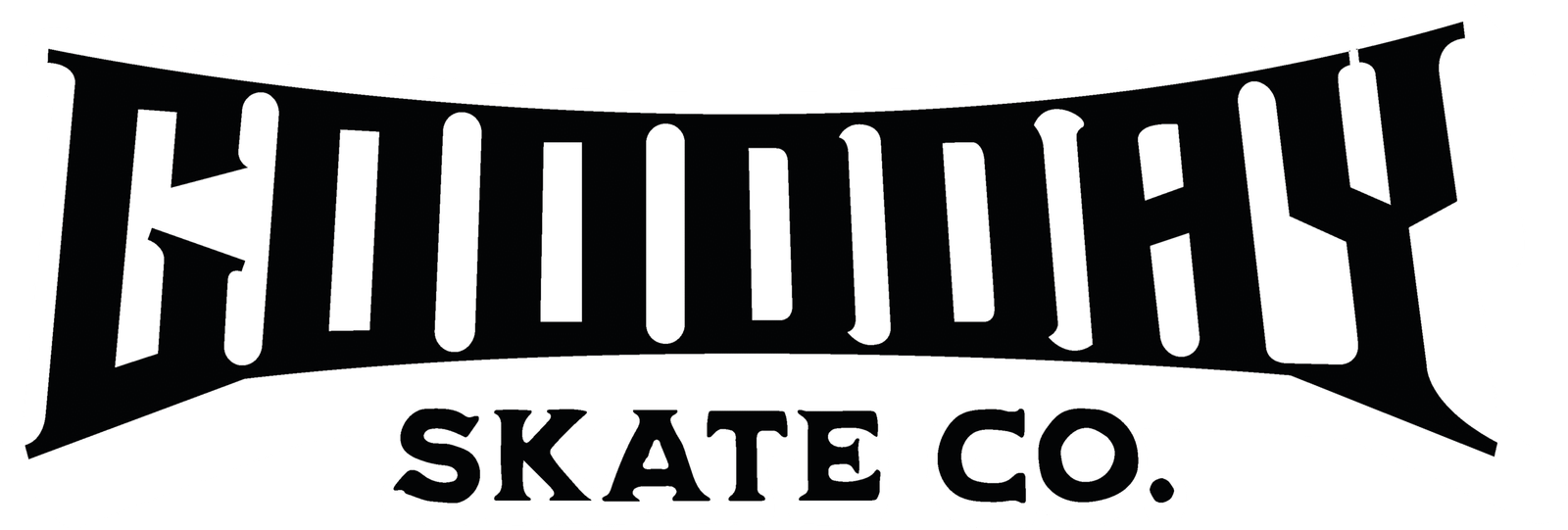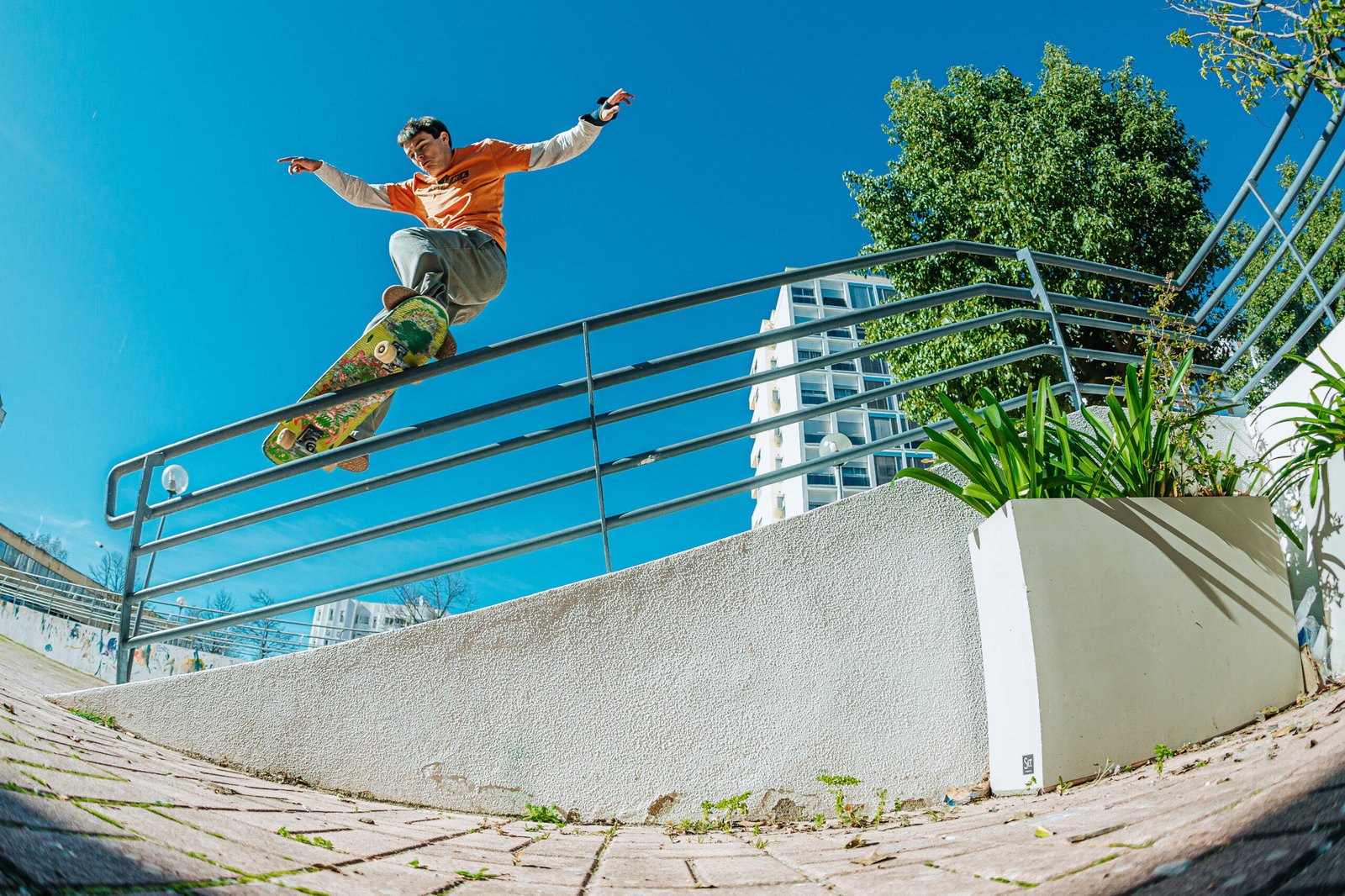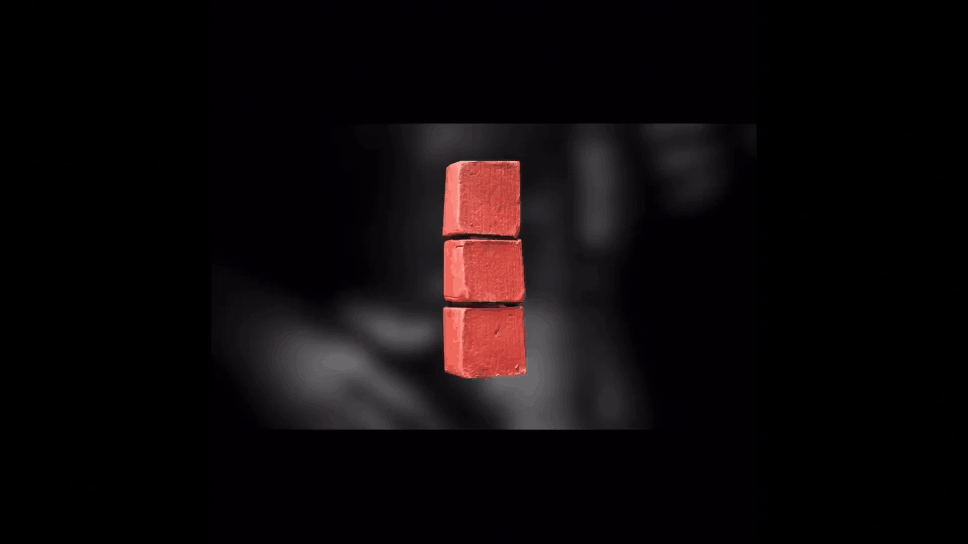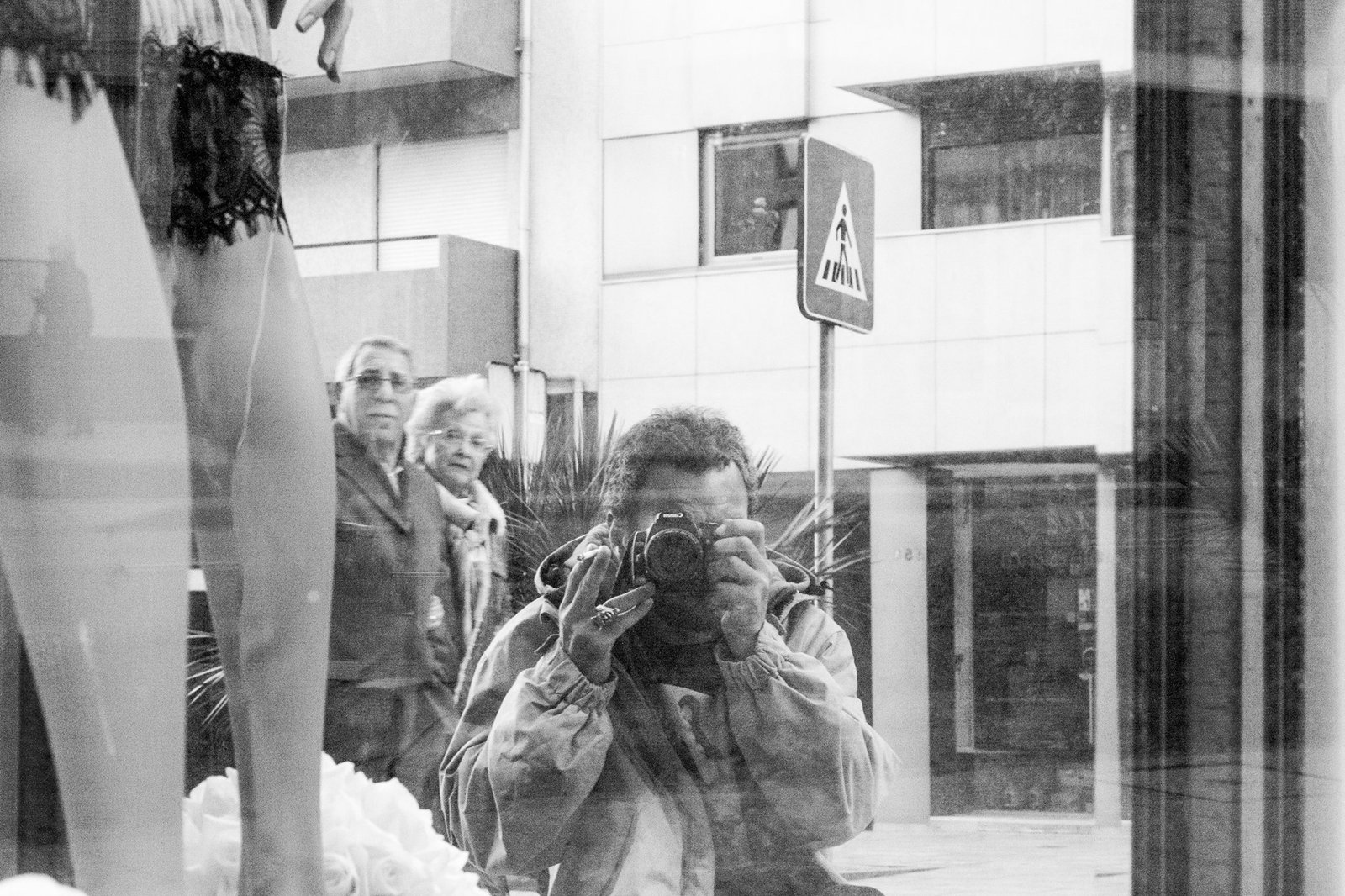“From Mexico to the Streets of Portugal”
A Interview with Fernando Paz
From Mexico City to Lisbon’s cobblestone streets, Fernando Paz – aka ADARLE has carved a unique path through skateboarding, design, and photography. With roots in advertising and a deep love for skate culture, his lens has captured raw moments from New York to Portugal, always with an honest, creative eye. In this conversation, we dive into his journey across continents, the evolution of his craft, and what continues to drive his passion for documenting skateboarding.

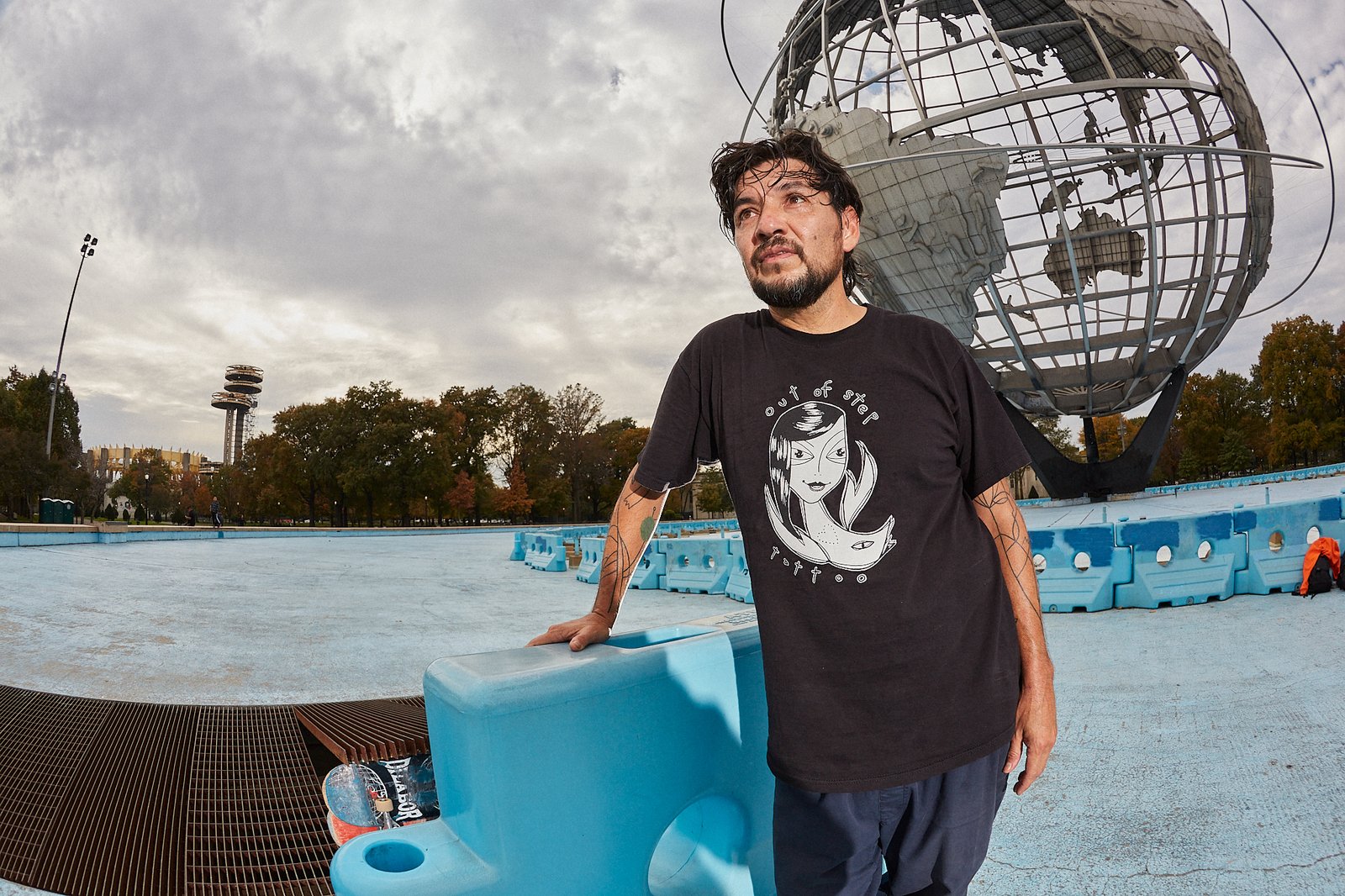
Starting from the beginning, what was it like growing up in Mexico and then moving to New York? What took you there?
Growing up in Mexico was awesome but challenging. Despite the amazing weather and food, you have to work a lot, which doesn’t leave much time for skating. I used to go to work and then school, so I only had about 45 minutes to skate each day—plus the weekends when possible. I worked in advertising, which meant long hours and very little free time. Eventually, I got a job offer to work in advertising in New York, and I decided to go for it.
Living in New York for 16 years is a lot. How did that city influence your way of photographing and seeing skateboarding?
Yeah, 16 years is a long time! New York is incredible—there’s always something happening. It’s a city full of inspiration that constantly pushes you to create and explore. You don’t want to miss out on anything. Skateboarding in NY is raw, creative, and full of culture. You constantly see famous spots and pro skaters hitting crazy tricks.
I had more free time there, so I started experimenting with photography alongside my job. Even though I was surrounded by skateboarding, I wasn’t initially interested in shooting it. I was more focused on portraits and fashion, though skating always inspired me. It wasn’t until COVID hit, and I moved upstate, that I started shooting skateboarding. There wasn’t much of a fashion scene there, but I met a lot of skaters and started going on missions with them. That’s when my love for skate photography really began.
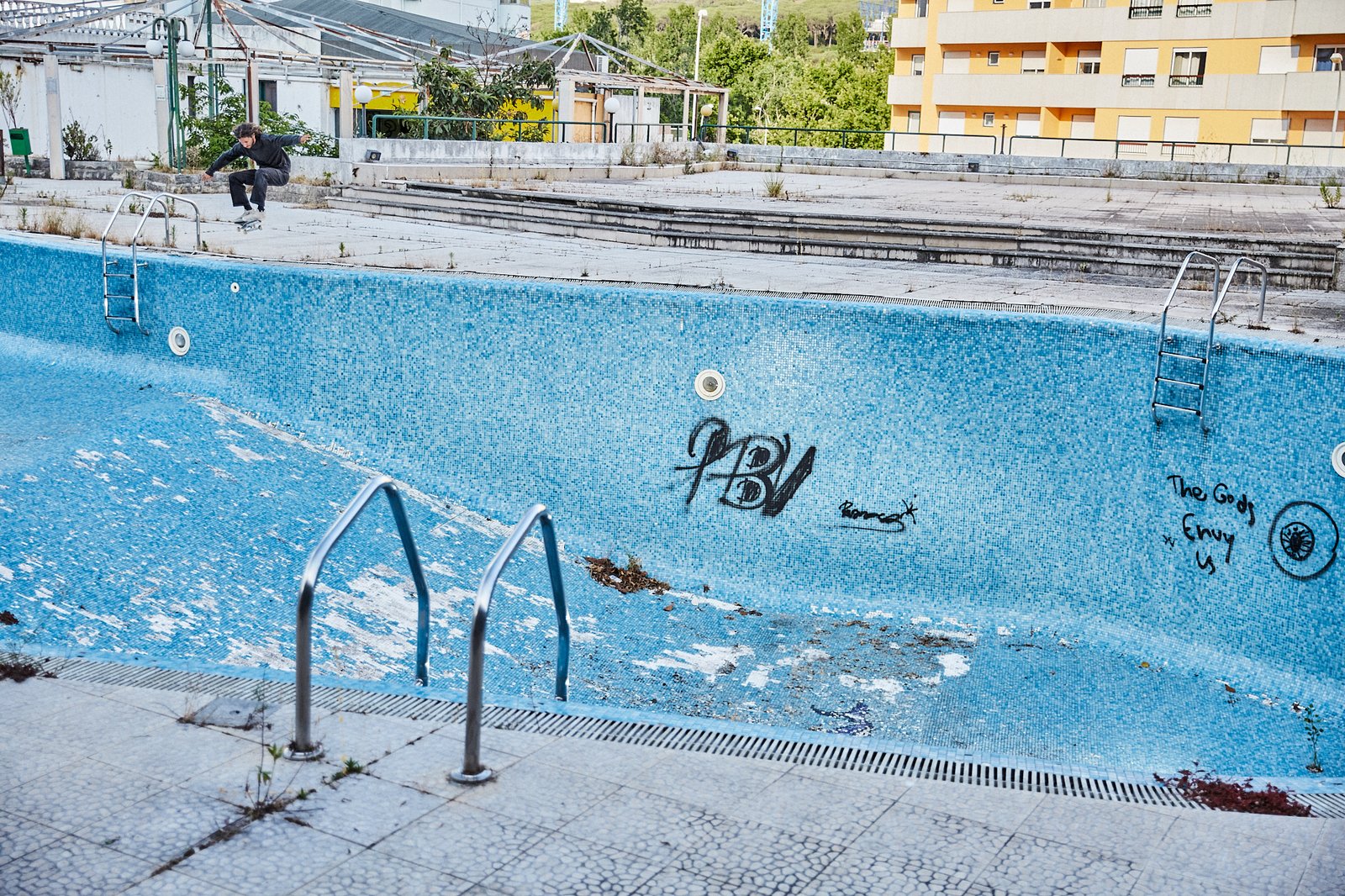
You have footage from 2002 and 2003 in New York and Barcelona. What were you filming at that time? What was the scene like back then?
Back then, I was sponsored by Vans and a local skate shop. I was traveling to film footage and enter contests. It was a way to explore different places and cultures. The scene in Mexico wasn’t as big as it is today—you couldn’t really make a living from skating. There wasn’t much support, so you had to earn money just to be able to travel and skate. I got addicted to that lifestyle and tried to travel as much as possible.
You went from documenting skateboarding to also getting involved in design, working with brands like Deza, Vans, and Yoyo Bearings. How did that transition happen?
Actually, it was kind of the other way around. I started by designing things for friends’ companies—brand identities, logos, packaging, board graphics. Design and art direction have always been a passion of mine and a way to stay involved with what I love.
You’ve shot for iconic magazines like Surge, Sundai, Betesga, and 100% Skate. Is there a publication or project that holds a special meaning for you?
I see every publication as an opportunity to grow and stay motivated. It’s a way to measure my progress and, more importantly, give exposure to the skaters I work with. That’s the part that means the most to me—being able to contribute to the local scene. It’s incredibly rewarding to see my friends published and feel the excitement to keep creating.

Are you the kind of photographer who plans the shot, or do you let everything flow? How do you decide when it’s the right moment to shoot?
It depends. Some spots are more complex than others, and that’s part of the fun. I try not to overthink it. I usually imagine the shot first and go from there. If I’m with a filmer, I talk with them to understand what they’re aiming for, then plan my lighting. I like to keep the shots clean so the trick and spot stand out. Ultimately, it depends on the skater—there’s no exact “right moment,” so I just try to stay ready.
Skateboarding has that magic of turning a city into a playground. Is there a city that was particularly special for you to photograph?
I love shooting in Portugal. The spots are sick and usually look super hard to skate. The calçada portuguesa adds so much texture to photos—it makes them feel alive. I know it’s tougher to skate on, but it’s totally worth it. European cities in general each have their own vibe. Denmark is amazing too—the architecture is so unique. France and Spain are also great. Honestly, it’s hard to choose—they’re all different and inspiring in their own ways.
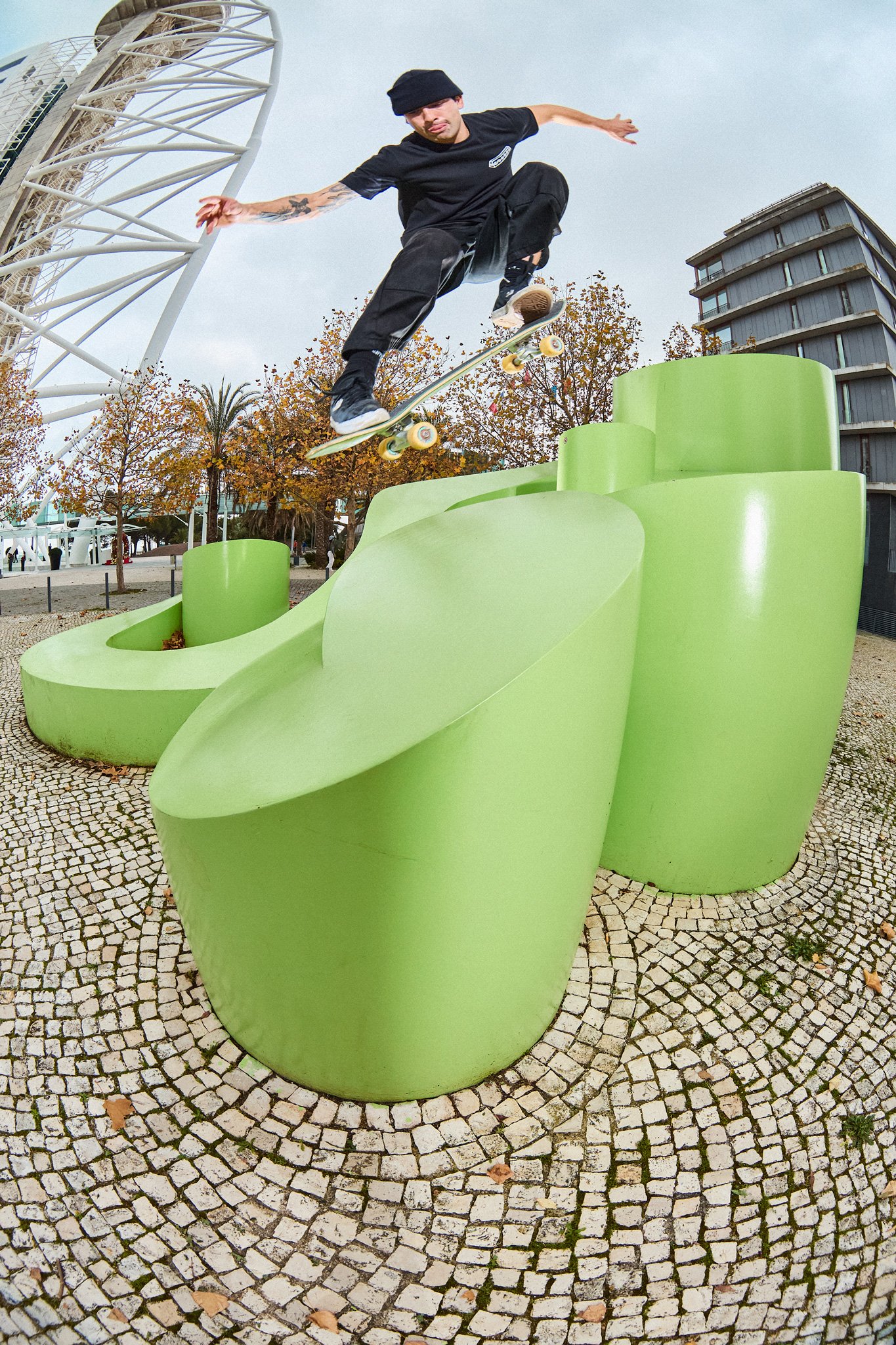
What made you leave the U.S. and come to Europe? What differences do you notice in the way skateboarding is lived and documented here?
After so many years in the U.S., I needed a change—a push in a new direction. I was tired of the American mindset. I wanted a better quality of life, not just for me but also for my son. Europe had always been on my mind, especially Portugal, Spain, Italy, France, and Denmark. But when we first arrived in Portugal, it was love at first sight. The people were welcoming, and most importantly, there was a strong skate community that helped me grow as a skate photographer.
I’m almost 50 now, and I can’t skate all the time anymore, but I love how I’ve been embraced by the scene. New York is cool, but sometimes it’s too cool.
If you had to choose: digital or analog?
Digital. I love the mood and vibe of analog photography—it’s definitely more of an art form. But I haven’t shot skateboarding on film yet, mostly because I’m too anxious to wait for the photos to be developed. I need to see them right away to know if I got the shot.
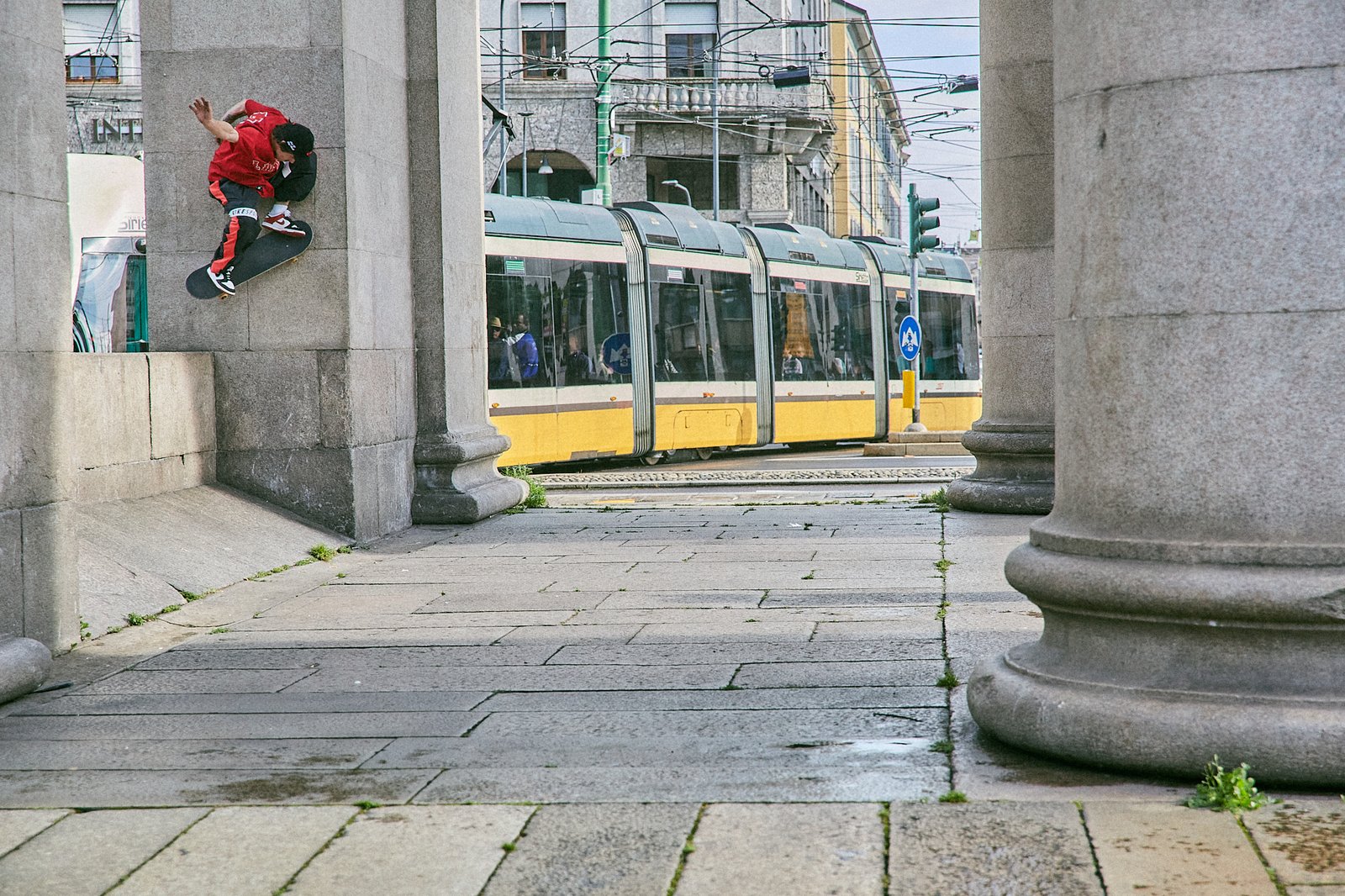
You’ve been involved in many different projects. Is there something you still want to do but haven’t had the chance yet?
I’d love to create a skate photographers’ association. A space to be inspired by others and support each other. Maybe a zine or a different kind of platform to showcase everyone’s work. So many great photos just sit on hard drives and never get seen.
Has there ever been a photo session that was a total nightmare but ended up resulting in a great shot?
I wouldn’t call it a nightmare, but there have been plenty of times where we’ve had to return to a spot because we got kicked out, ran out of light, or the trick just wasn’t landed cleanly. I think of every photo as a mission. There’s always room to improve—get a better angle, adjust the lighting. I haven’t had a total disaster yet, but I know it’ll happen eventually—and when it does, I’ll try not to lose it.
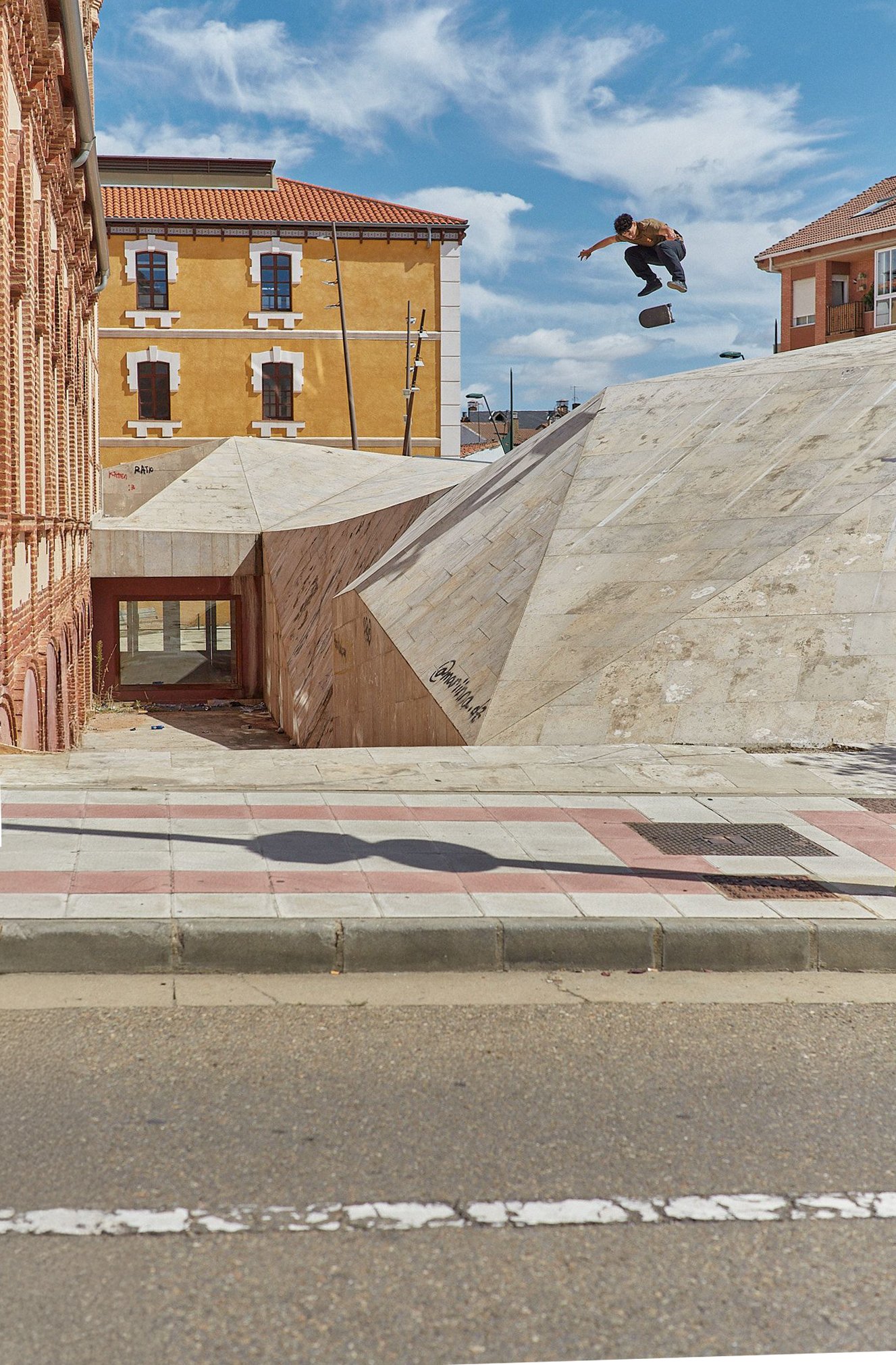
Have you ever taken an amazing photo, but for some reason, lost the file?
Yes. I went on a trip to New York and shot with a bunch of friends, but I lost the hard drive on the way back to Lisbon. Every time I think about it, I want to cry. Next question, please.
Shooting skateboarding sometimes means hopping fences, dealing with security guards, and running from the police. Do you have any stories like that?
I love hopping fences, but I hate getting kicked out after everything is already set up—especially the lights! There’s always that one “citizen hero” guarding the building, haha. Fortunately, I’ve never had to run from the police. In Portugal, security guards are usually cool—they’ll even tell you when to come back. In NY, though, forget it—they act like cops. And in Mexico, it can get wild. People have even ended up in custody. I’ve heard some crazy stories.

How has your approach to photography changed over the years? Is there something you do differently today compared to 10 or 15 years ago?
Back then, I wasn’t focused on skate photography. If I did shoot, it was with natural light—no flashes. Now, I love how flash photography enhances the tricks and makes them pop. Also, skateboarding itself has evolved. The tricks are way crazier and more creative now, which gets me even more hyped and gives me more satisfaction from the work.
You’ve photographed many generations of skaters. Do you think the way skaters perceive photography and video has changed?
Skate photography has always been high-level for me. It really makes me think about the process behind each shot—how long it took, whether the trick was landed cleanly, the story behind it. Even when there’s video to back it up, sometimes the photo tells a better story. I can look at a photo over and over, but I can get bored of a clip quickly. I come from a generation where photos were everything. Video is still important, but there’s nothing like freezing a moment in a photo.

If you could shoot any skater, at any spot, with no limitations, who and where would it be?
If I’m allowed to dream, I’d say Eric Koston, Mark Gonzales, or Mike Carroll would be at the top of my list. I love shooting people with unique style who skate differently. I see skateboarding as an art form, so I’m always drawn to skaters who bring that artistic energy. Whoever brings that to the table—I’m in.
Have you ever taken a photo that, at the time, you thought was nothing special, but later realized it was actually incredible?
Yes, I shot a photo years ago in Mexico City, back when I wasn’t really focused on skateboarding photography. I took it with a point-and-shoot camera. The shot became really special because it was for one of my best friends, Alex Rodel. I wouldn’t say it was an accident—I was trying to capture the trick without any people in the background. But when I looked at the photos afterward, I noticed his shadow was perfectly placed, creating a really cool composition.
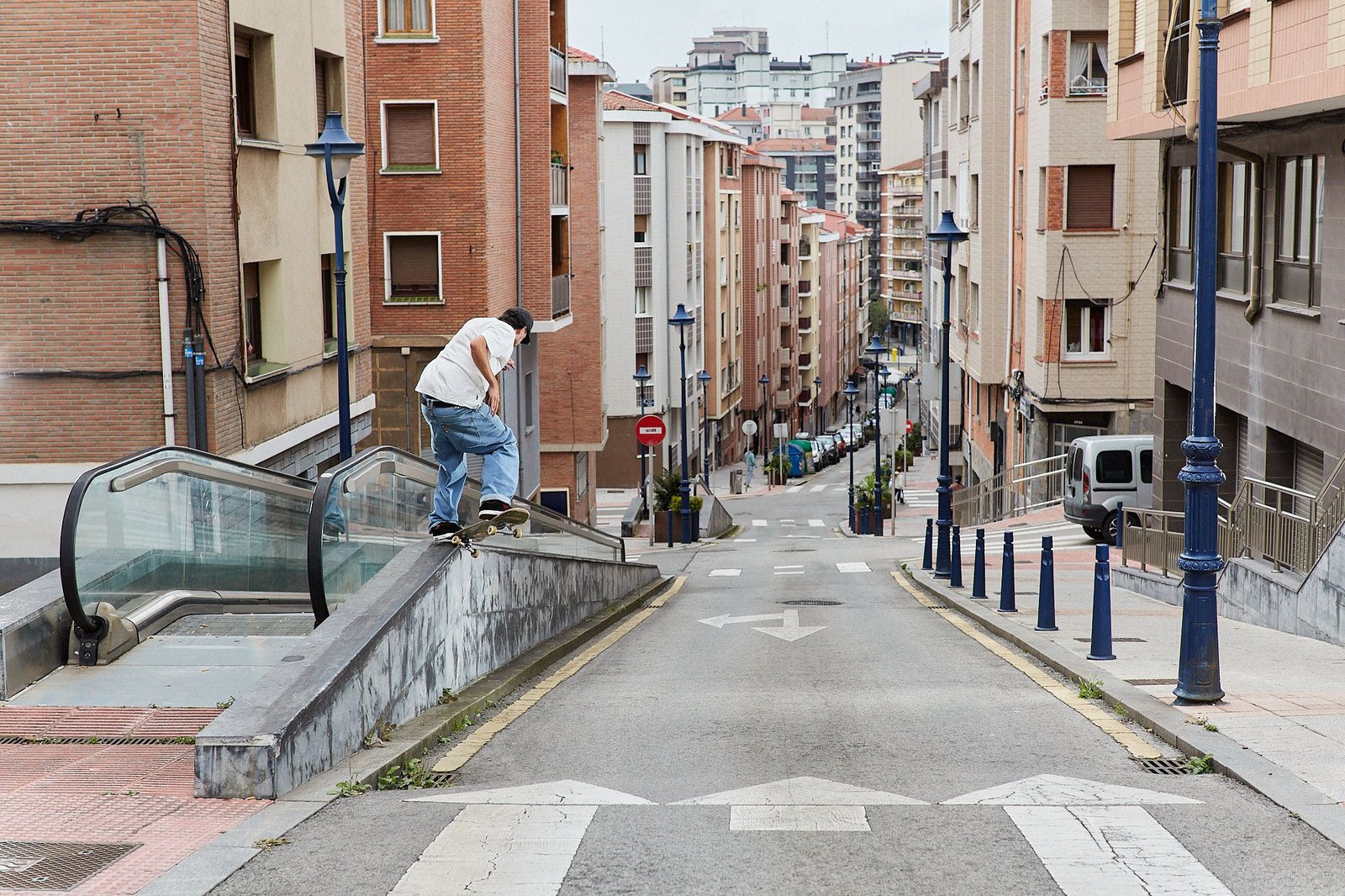
Which photographer or artist (doesn’t have to be skate-related) has influenced you the most?
Without a doubt, Don Pendleton has had a big influence on my work and love for design. His art always makes me want to skate and create. Getting a board with one of his graphics was always a huge source of inspiration. In terms of photography, I’ve always admired Diane Arbus—her bold, provocative approach really speaks to me. Music also plays a huge role in my creative process. It’s hard to name just one artist or band, but every time I listen to Primus, I get the urge to skate.
Often, the best photos are the ones that happen unplanned. Do you have one that came from a totally unexpected moment?
Totally. Unplanned shots can be some of the best—especially when they have a raw, documentary feel and are captured without any lighting setup. That said, I usually like to have at least a rough idea of what I’m aiming for, so I can focus on getting the most out of the moment.
What do you think makes a great skate photo? Is it more about capturing the technique or the atmosphere?
Atmosphere is key—along with the right angle, no doubt. Technique matters too, but it really depends on your personal style and taste. For me, it’s all about composition and how I envisioned the shot in my head. There are always variables to work around, like people in the background or distracting elements in the frame. I try to make each shot as intentional as possible.

Is there a photo of yours that you feel truly represents your style?
Honestly, I’m still developing my style. I really enjoy long-lens shots and have been experimenting with different angles lately. I realized I tend to be very symmetrical in my compositions, which can look clean and polished, but sometimes lacks spontaneity and movement. So I’m pushing myself to explore beyond that.
If you could go back and give advice to the Fernando who was just starting out in photography, what would you tell him?
I’d tell him never to settle, and to keep practicing. Have fun with it—don’t take it too seriously. Don’t stress about technique, just do what feels right. Don’t copy others or try to please anyone. Make it yours.
